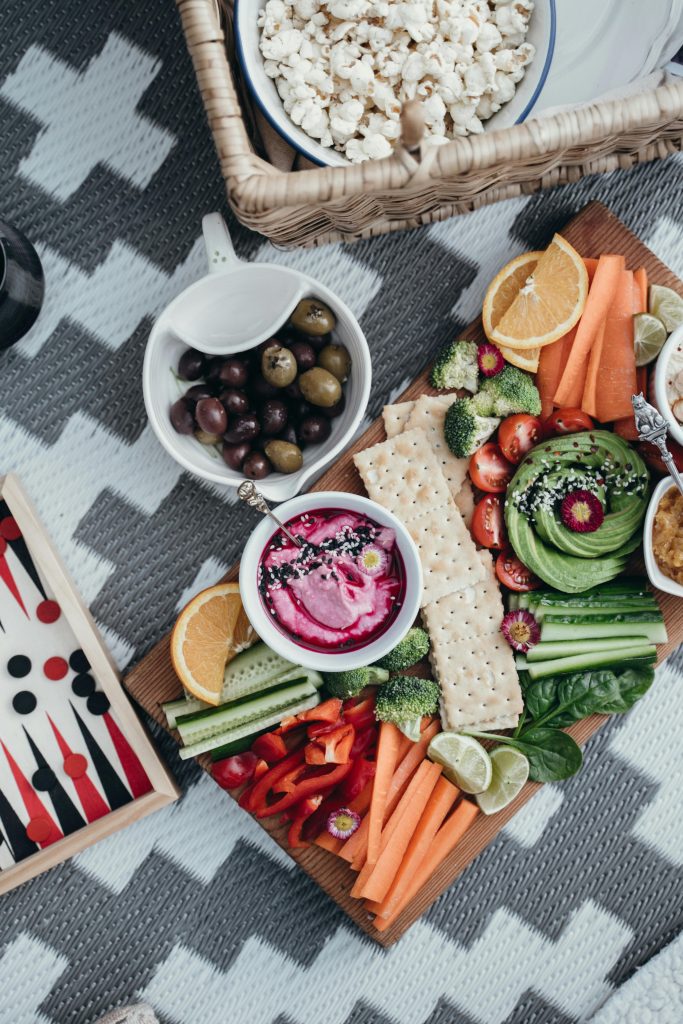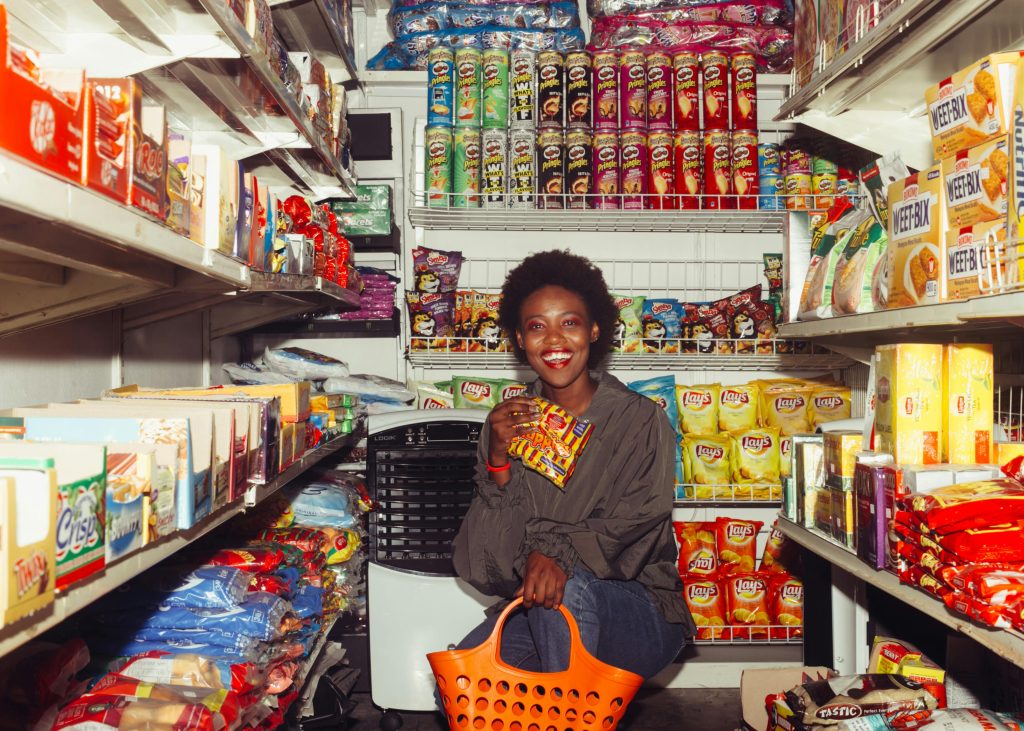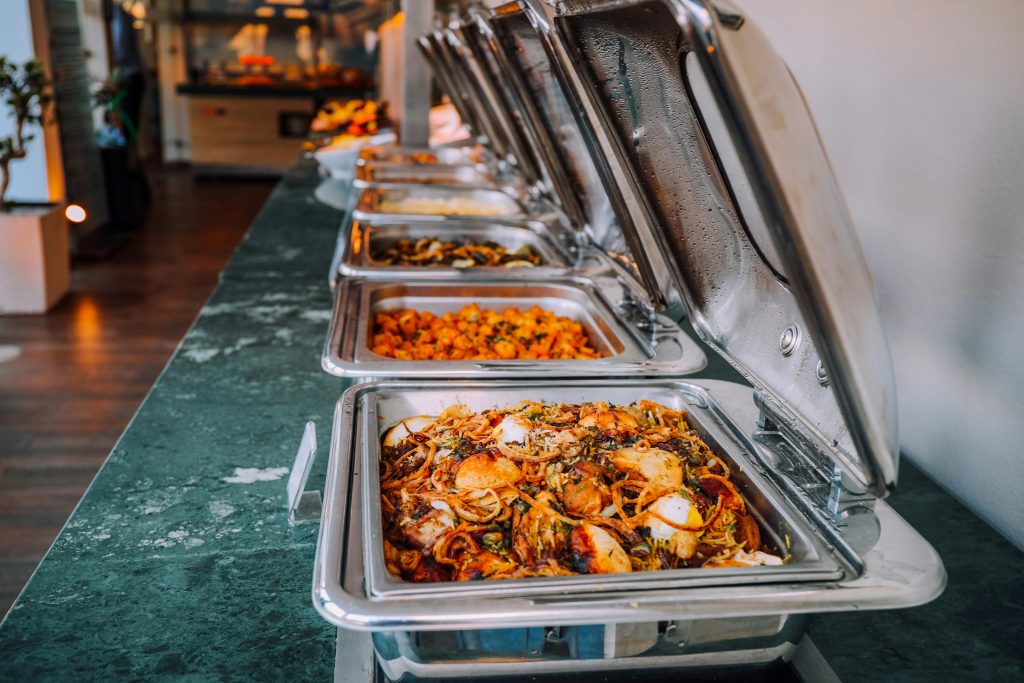The Savvy Explorer’s Plate
Ah, a fellow adventurer of the culinary landscape! You’re absolutely right to consider a “food plan” when venturing out. It’s the secret ingredient to maximizing enjoyment and minimizing those “hangry” meltdowns or regrettable fast-food pit stops. Let’s delve into the art and science of crafting your perfect gastronomic strategy for any outing.
The thrill of exploring a new city, the camaraderie of a hike with friends, the anticipation of a concert – these experiences are often intertwined with the joy of good food. However, spontaneity, while exciting, can sometimes lead to less-than-ideal culinary choices driven by convenience or sheer hunger. A well-thought-out food plan isn’t about rigid restriction; it’s about mindful preparation that enhances your overall experience, keeps you energized, and allows you to savor the best that your destination (or activity) has to offer.
Think of it as packing your explorer’s kit. You wouldn’t embark on a trek without water or appropriate footwear. Similarly, a thoughtful approach to food ensures you’re well-nourished and ready for whatever the day (or night) throws your way.

Understanding Your Expedition: Tailoring Your Food Strategy
The first step in crafting your food plan is to understand the nature of your outing. Different adventures call for different culinary considerations:
- The Urban Exploration: Are you wandering through a bustling city with a plethora of dining options? Your plan might focus on researching local specialties and making reservations, or identifying promising street food vendors. Flexibility is key here, allowing for spontaneous detours based on enticing aromas or local recommendations.
- The Great Outdoors: Hiking, camping, or a day at the beach demand portable, non-perishable, and energy-dense foods. Think about items that are easy to pack, won’t spoil in the heat, and provide sustained energy. Hydration becomes paramount, so water and electrolyte-rich options are crucial.
- The Social Gathering: A picnic, a friend’s barbecue, or a potluck requires a different approach. Consider what you can contribute, any dietary restrictions of the group, and how to transport your dish safely. If you’re the guest, it’s always thoughtful to inquire if you can bring anything.
- The Entertainment Event: Concerts, festivals, or sporting events often have limited and expensive food options. Your plan might involve a substantial meal beforehand, bringing in allowed snacks, or budgeting for on-site treats. Be aware of venue rules regarding outside food and drinks.
- The Road Trip: Long drives necessitate careful planning to avoid relying solely on highway rest stops. Packing a cooler with healthy snacks and drinks can save you money and ensure you have nutritious options readily available. Researching local eateries along your route can also add to the adventure.

The Art of Pre-Planning: Laying the Culinary Foundation
Once you understand the nature of your outing, the real magic happens in the pre-planning phase:
- Research Your Destination (if applicable): If you’re heading to a new place, a little culinary reconnaissance can go a long way. Explore local food blogs, restaurant reviews, and social media to identify must-try dishes and hidden gems. Note opening hours and reservation policies.
- Consider Dietary Needs and Preferences: Are you vegetarian, vegan, gluten-free, or have any allergies? Factor these in early to avoid limited options or unpleasant surprises. If you’re with a group, be mindful of their dietary needs as well.
- Map Out Potential Eating Opportunities: Based on your itinerary, identify potential times and locations for meals and snacks. This doesn’t mean you have to stick to a rigid schedule, but it gives you a framework and helps you avoid getting caught out when hunger strikes.
- Pack Smart: For outings where you’ll be bringing your own food, choose items that are:
- Portable: Easy to carry and eat on the go.
- Durable: Won’t get easily squashed or spoiled.
- Nutritious: Provide sustained energy and essential nutrients.
- Appropriate for the Environment: Consider temperature and storage.
- Don’t Forget Hydration: Water is your most crucial companion. Pack a reusable water bottle and know where you can refill it. For longer or more strenuous activities, consider electrolyte supplements.
- Budget Wisely: Decide how much you’re willing to spend on food during your outing. This will influence your choices between packing your own, opting for casual eateries, or indulging in a more upscale dining experience.
- Embrace Flexibility: While planning is essential, be open to spontaneous opportunities. A local market with tempting treats, a food truck with a long queue (often a good sign!), or a friendly recommendation from a local can lead to unexpected culinary delights.

The Strategic Toolkit: What to Pack for Success
Your “food toolkit” will vary depending on the adventure, but here are some essential items to consider:
- Reusable Water Bottle: Staying hydrated is non-negotiable.
- Snack Containers: Keep your food organized and prevent squishing.
- Reusable Utensils: Eco-friendly and convenient.
- Napkins or Wet Wipes: For inevitable spills.
- Small Cooler Bag with Ice Packs: To keep perishable items fresh.
- Trash Bag: To leave no trace behind.
- A Small First-Aid Kit: Including any necessary medications related to food allergies or digestive issues.
The Art of Eating Out: Navigating the Culinary Landscape
When your food plan involves eating out, a different set of strategies comes into play:
- Reservations are Your Friend: For popular restaurants, especially during peak hours, booking in advance is highly recommended.
- Peruse the Menu Online: Familiarizing yourself with the menu beforehand can save time and help you make informed choices.
- Don’t Be Afraid to Ask Questions: If you have dietary restrictions or are curious about a dish, don’t hesitate to ask your server for clarification.
- Consider Sharing: Ordering multiple appetizers or sharing a main course can be a great way to sample more of the local cuisine.
- Be Mindful of Portion Sizes: Restaurant portions can often be generous. Consider ordering accordingly or saving some for later.
- Embrace Local Specialties: Step outside your comfort zone and try dishes that are unique to the region.
- Factor in Time: Allow ample time for your meal, especially if you have other commitments.
- Be Respectful of Local Customs: Observe how locals dine and adapt your behavior accordingly.

The Post-Adventure Reflection: Learning and Refining
After your outing, take a moment to reflect on your food plan. What worked well? What could be improved for next time? Did you have enough energy? Were you satisfied with your choices? This post-adventure analysis will help you refine your strategies and become an even more savvy culinary explorer.
Beyond Sustenance: Food as Part of the Experience
Ultimately, your food plan should go beyond mere sustenance. Food is an integral part of the travel and adventure experience. It’s a way to connect with local culture, discover new flavors, and create lasting memories. By approaching your culinary choices with intention and a little bit of planning, you can elevate your outings from enjoyable to truly unforgettable.
So, the next time you’re heading out, take a moment to consider your “food plan.” It’s not about rigid rules, but about empowering yourself to make delicious and nourishing choices that enhance your adventure and leave you feeling energized and satisfied, ready for the next exploration that awaits. Happy travels and bon appétit!
💬 Join the Bariradka Transformation Support group on Telegram!
Get exclusive tips, behind-the-scenes content, and chat directly with the author.
➤ Join the Community
